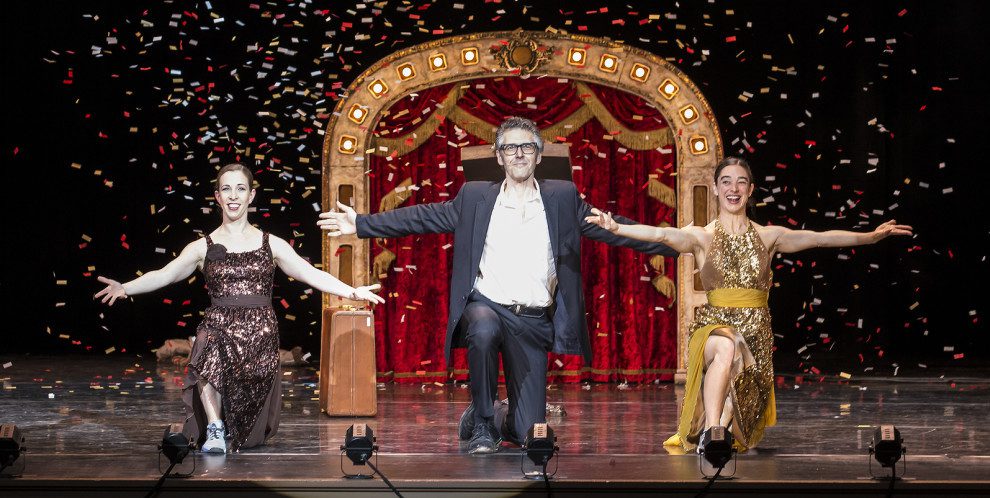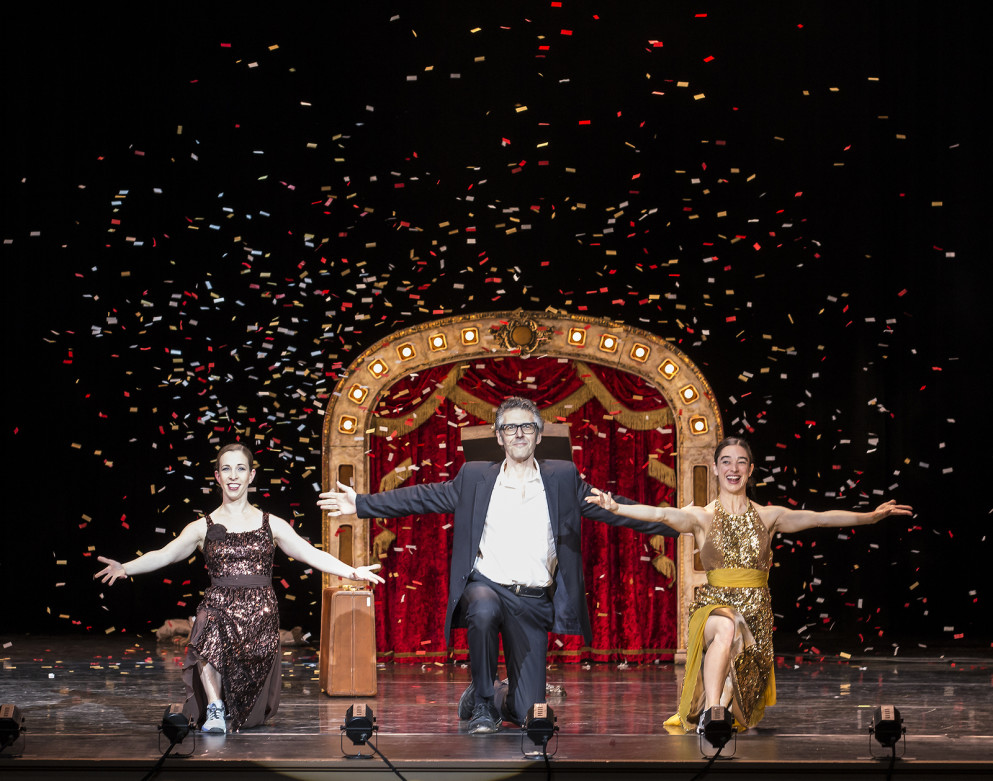
[fusion_builder_container hundred_percent=”yes” overflow=”visible”][fusion_builder_row][fusion_builder_column type=”1_1″ background_position=”left top” background_color=”” border_size=”” border_color=”” border_style=”solid” spacing=”yes” background_image=”” background_repeat=”no-repeat” padding=”” margin_top=”0px” margin_bottom=”0px” class=”” id=”” animation_type=”” animation_speed=”0.3″ animation_direction=”left” hide_on_mobile=”no” center_content=”no” min_height=”none”]
Radio could easily be thrown under the bus as one of the least relevant media outlets these days – right above cable television and print journalism. It seems easy to dismiss the radio as a physical object considering that its top airing shows are often listened to via Internet streaming and podcasts. But as I sit stranded in my apartment with an absentee wi-fi signal, I’d do anything for a radio right now.
Long a beacon of information, entertainment, and more recently, nostalgia, radio has withstood the fickle curator of time for over 100 years. It was the first thing I heard every morning for two decades, my Dad flipping its switch at six am, seven days a week. During power outages and floods we’d pull out the wind-up radio, which only needs a few cranks of a rotating lever to sustain hours of energy. No iPhone can do that.
As it turns out, I’m not the only one who gets all warm and fuzzy inside at the thought of straightening an antenna. I had the opportunity to attend BAM’s RadioLoveFest this weekend to see a theatrical interpretation of everybody’s favorite radio show, This American Life, featuring your host and my daydream husband, Ira Glass. But what exactly is a theatrical interpretation of a radio show? Well, it’s a bit like tasting color.
Organized in acts much like the original program, the live staging possessed qualities of a variety show. I suspected both of these approaches, but other than that, I had no idea what I was getting into. Act One recounted the tribulations of a professional audiobook narrator who found herself locked in a hotel room closet with no phone and limited Internet signal. Her entire hour-plus of closet captivity was fortunately recorded on the iPad she had with her, and her story was told through a combination of audio clips and Ira Glass’s narration. But the narrative took an especially comic turn when one-by-one, costumed opera singers trickled on to the minimally adorned stage to sing the tragedy of the girl locked in the linen cupboard.
The next segment, 21 Chump Street, was likewise a true story told through the medium of music, this time with the addition of dance. Composed and narrated by Lin-Manuel Miranda (In The Heights, Bring It On) it recounted the experience of an undercover NARC sent to a Miami high school to weed out dealers. This act was enjoyable, but my least favorite bit of the evening given its Glee-like performances.
Writer Joshua Bearman narrated an autobiographical radio drama starring Josh Hamilton (as Bearman) and James Ransone as the author’s brother. It was the heaviest moment of the evening, dealing with the slow death of Bearman’s alcoholic mother in Florida. Yet the tale was told with a relatable comic lightness that didn’t dismiss the gravity of its subject matter, but rendered it as catharsis. It must have been an odd sensation for Mr. Bearman to narrate his own story and watch someone else play it out. Perhaps this was part of his coping process, and it was admirable that he could share it with a crowd of some 2,000 attendees.
Oddly enough, Bearman’s late mother had an extended presence in the show; as it turns out, she used to baby-sit Magnetic Fields frontman Stephin Merritt, also on the bill for the evening, and one of the main reasons I ended up in those red velvet seats to begin with. Unfortunately, Merritt only got two songs in the entire night: “How Do You Slow This Thing Down?” and “Nothing Matters When We’re Dancing” off the seminal 69 Lovesongs. These performances were staggered between other acts, and added a stiff serving of delicious misery to an otherwise merry evening.
Sandwiched throughout the night were comedic tales told by SNL’s own Sasheer Zamata, and stand up comedian Mike Birbiglia, who had me in stitches with his tale of domestic arguments… over domesticated animals. At one point, an actor in a mouse suit and roller skates was chased across the stage by a man in a cat suit. That fine feline was none other than Ira Glass. At times like this, one must swoon.
The final act mirrored that of the first. Ira Glass narrated a story supplemented by audio clips from the original raconteur. This account was straight from the mouth of a professional River Dance performer, relaying the details of a lottery pool she and her team went into together. Feverishly convinced they would win, the dancers went into frenzy with the expectation, sometimes shouting “DO IT FOR THE LOTTO!” during their performances. As Ira told the story from his podium, the Monica Bill Barnes Dance Company pranced behind him. Glass said of the performance in a recent interview: “I tell stories, and they dance. It sounds terrible, but I swear it kills.” Kill it did, especially as the number ended with Ira dancing in unison with the two professionals, a big red rose in his slate-blue lapel. I’d out-swooned myself.
I went into RadioLoveFest a bit bewildered with what I was to expect. I left with a cramp in my dimples from smiling so hard. I don’t know if I’ll ever have the immense pleasure of seeing Ira Glass dance again, but I do know one thing: radio ‘aint dead yet.[/fusion_builder_column][/fusion_builder_row][/fusion_builder_container]

